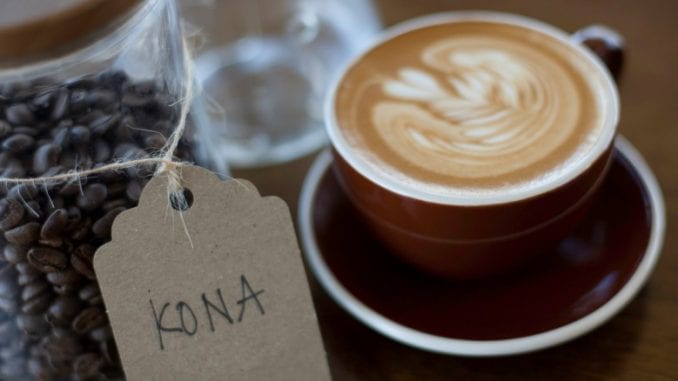
The overwhelming majority of coffee production in the United States takes place in one state: Hawaii. We explore the challenges of growing, selling, and serving coffee from the Aloha State.
BY CHRIS RYAN
BARISTA MAGAZINE ONLINE
Featured photo courtesy of Daylight Mind Coffee Company
Any barista who has spent considerable time on bar discussing coffee with customers has almost definitely encountered one or more of these questions:
Do you guys have any Kona coffee?
Does Hawaii produce any coffee besides Kona?
And why is Hawaiian coffee so darn expensive, anyway?
While it can grow tiresome to receive the same questions more than once, these queries hint at some of the intricacies to be found in Hawaii’s coffee industry. It’s an enigmatic origin unlike any other in specialty coffee—part of the United States but, quite literally, on an island (or several islands, as it were). Its residents have a deep pride in their state’s coffee, yet Hawaiian coffee faces uphill battles with its cost structure, scalability, and more. But the potential for producing amazing-quality coffees is certainly there for the state. And, oh yeah, Hawaii also happens to be one of the most beautiful locations in the world—an international vacation destination composed of endless stretches of coastline, active volcanoes emitting scorching steam and lava, and picture-perfect mountainous landscapes.
In this new series, we’ll explore how Hawaii’s coffee industry functions, how its producers deal with pests, what it’s like to sell roasted coffee in Hawaii, and much more. But before we jump into our deeper dive, let’s spend our first article covering some basics by exploring three foundational aspects of Hawaiian coffee.
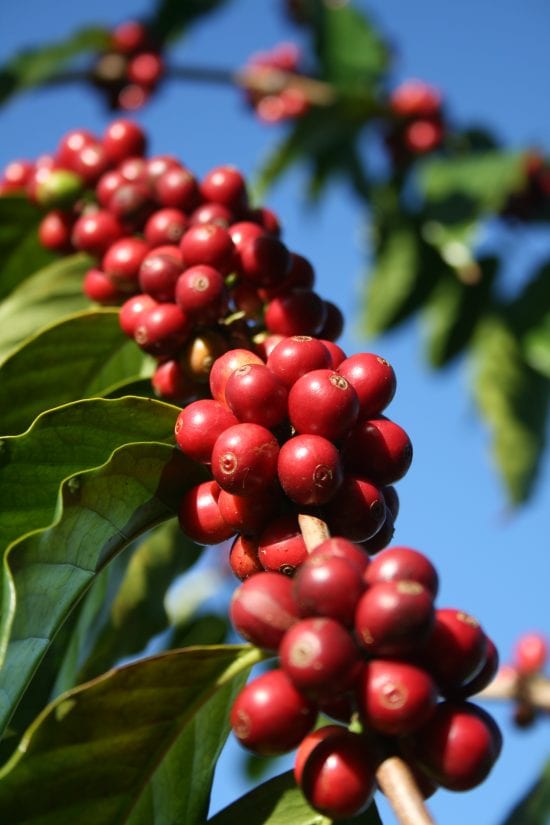
1. It’s a small producer.
Hawaii is not the only coffee origin in the United States: Goleta, Calif.’s Good Land Organics produces coffee from its coastal confines, while Helen, Ga.’s Yonah Coffee also has a small commercial coffee-growing operation.
But when most people think of coffee production in the United States, Hawaii is the state that springs to mind. Still, Hawaii’s production numbers are small potatoes compared to most other origins. According to statistics from the USDA’s National Agricultural Statistics Service, in the 2015-2016 harvest season Hawaii produced about 6.1 million pounds of green coffee. By comparison (according to International Coffee Organization statistics), in the same season Brazil (the world’s top coffee producer by volume) produced 5.7 billion pounds, Ethiopia (number five in the world) produced 847 million pounds, and Guatemala (number 10) produced 450 million.
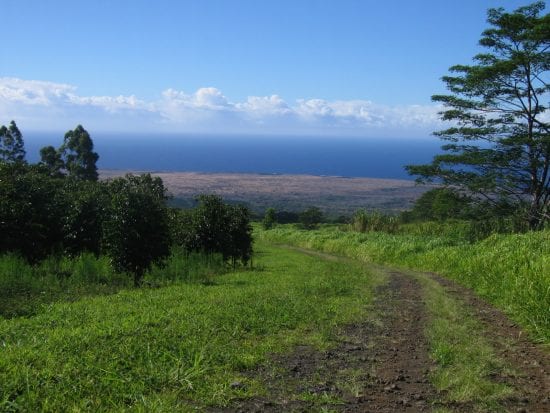
Hawaii is certainly not an insignificant player at 6.1 million pounds, but it pales in comparison to some of the world’s top producers.
2. It’s more than just Kona.
The region of Hawaii most synonymous with coffee is Kona, a well-marketed coffee origin viewed as a must-buy item for tourists visiting Hawaii. Located on the West Coast of Hawaii’s Big Island, Kona accounts for more than half of Hawaii’s production, with about 3,800 acres of coffee producing 20 million pounds of cherry. But the rest of Hawaii produces a fair amount of coffee on its own. On the other parts of the Big Island, the substantial growing regions are Ka’u (on the south side), with about 830 acres of production, and Puna (in the southeast) with about 70.
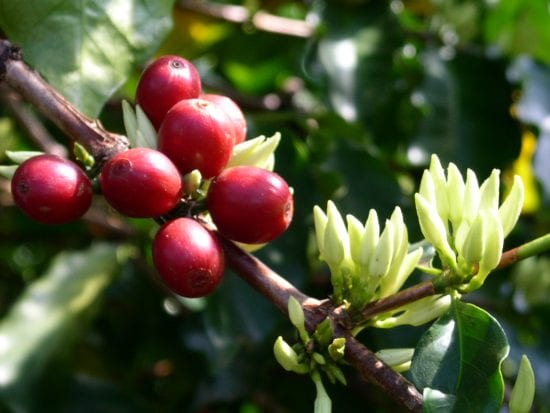
Kauai rivals the Big Island with around 3,000 acres of production, while other islands make more modest contributions to the coffee landscape: Maui has about 500 acres of production, Molokai 160, and Oahu 150. Miguel Meza, owner of Hawaiian exporting company Isla Custom Coffees, says each island holds a range of different geographic characteristics. “The fun thing about being a Hawaiian island is you have so many different climates in such a tiny area,” he says. “You have dry growing areas, you have warm growing areas, and you have some of the wettest coffee-growing areas in the world. I think that diversity is fairly unique.”
3. It’s expensive.
One of the ways Hawaiian coffee is different from most other coffees in the world is its price. While the C-market price of coffee is currently hovering around the $1.44 mark, Hawaiian coffee prices exist in a different stratosphere. Experts say mechanically harvested farms in Hawaii offer coffees in the $6 to $15 a pound range, while most other green coffee sells for between $18 to $25 per pound. That’s right—the cheapest Hawaiian coffee sells for more than four times the current C-market price.
So why is this? As one might imagine, labor and other costs of production are astronomically higher in the United States than in other coffee-producing countries. “Harvesting labor in Hawaii is usually going to be about 80 cents per pound of cherries,” says Miguel. “It’s going to take about six pounds of cherries to get a pound of good, clean green coffee. So you’re talking about a price that is already higher than almost every other coffee in the world, just on the harvesting cost.”
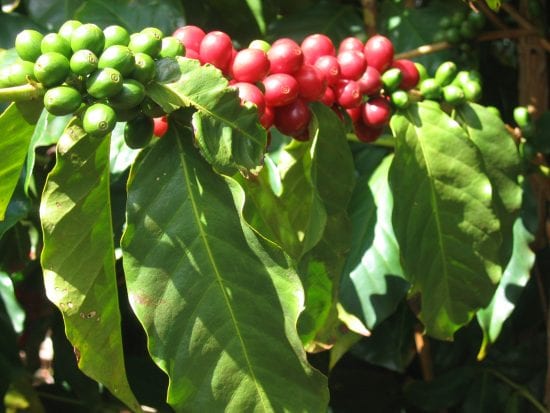
Experts says Hawaiian coffee is not a particularly profitable endeavor, but its growers do not seem to struggle at poverty level like coffee growers in many parts of the world. “People who base their entire incomes on coffee farming do not live extraordinarily luxurious lives,” says Shawn Steiman, owner of Hawaii’s Coffea Consulting and Big Island-based cafe-roastery Daylight Mind Coffee Company, “but you can live a comfortable, decent American life from coffee.” Reflecting for a moment, he puts it another way: “The more I think about it, the more I think: It’s not that our coffee is so expensive, it’s that everybody else’s coffee is way undervalued.”
We’ve barely scratched the surface on coffee from the Aloha State, but we’ll explore more of what makes Hawaii’s coffee industry tick as our series continues with another installation soon.

